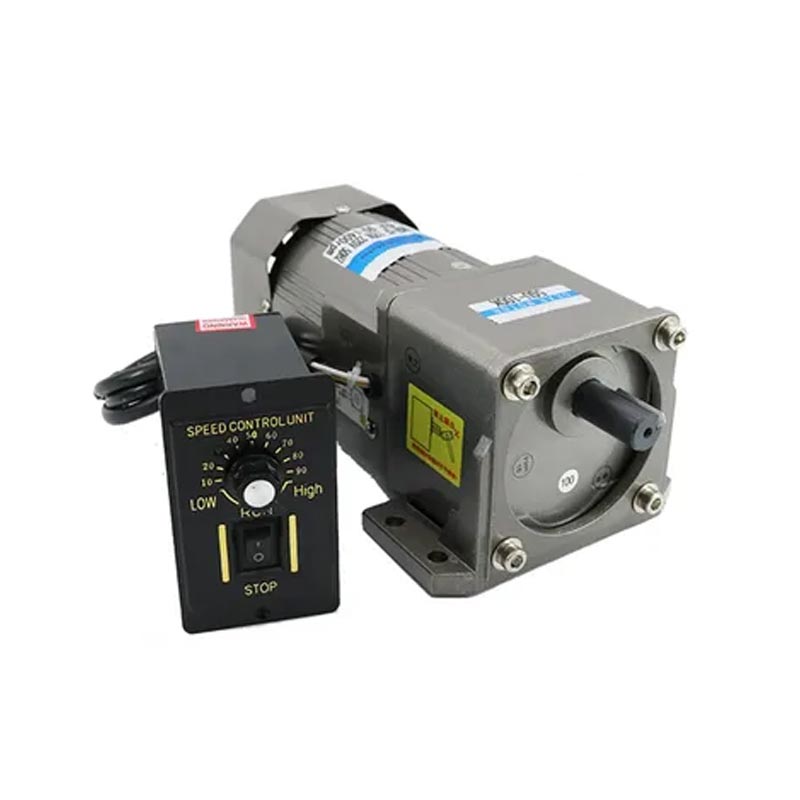How Do Asynchronous Motors Compare To Synchronous Motors In Cost And Performance
2025-10-10
For decades, plant managers and engineers have faced a critical choice in specifying motor drive systems: the rugged Asynchronous Motors or the precision Synchronous Motors. The decision fundamentally hinges on balancing initial investment against long-term performance and efficiency. As an industry veteran, I often see this comparison oversimplified. The truth is, each technology has a sweet spot.
When evaluating cost, Asynchronous Motors consistently present a lower initial purchase price. Their simpler, brushless design with a squirrel-cage rotor translates to less complex manufacturing. However, the total cost of ownership picture must include energy consumption. This is where modern Huijue models bridge the gap, offering superior IE4 and IE5 efficiency classes that dramatically reduce operational expenses.
On the performance front, the key differentiator is speed. Synchronous Motors maintain a constant speed regardless of load, perfect for applications like multi-motor conveyors. Asynchronous Motors, in contrast, experience a slight speed drop as load increases. Yet, for the vast majority of industrial applications like pumps, fans, and compressors, this is inconsequential. The real advantage of a Asynchronous Motors is its exceptional durability and minimal maintenance needs, thanks to the absence of brush gear.
Huijue Performance Specifications: Where We Excel
Our Huijue Asynchronous Motors are engineered for reliability and efficiency. Key parameters include:
-
Efficiency Class: IE4 Super Premium & IE5 Ultra Premium efficiency.
-
Insulation System: Class H (180°C) for superior thermal endurance.
-
Construction: IP66 protection against dust and water jets.
-
Cooling: Optimized cooling fin design for lower operating temperatures.
Performance at a Glance: Asynchronous vs. Synchronous
| Parameter | Huijue Asynchronous Motor | Typical Synchronous Motor |
|---|---|---|
| Initial Cost | Lower | Higher |
| Speed Regulation | Slips with load | Constant |
| Part-Load Efficiency | Excellent (IE5) | Excellent |
| Starting Torque | High | Typically High |
| Maintenance | Very Low | Low (Brushless types) |
| Ideal For | Pumps, Fans, Conveyors | Synchronized Systems, High-Precision |
Frequently Asked Questions About Asynchronous Motors
What is the main advantage of an Asynchronous Motors
The primary advantage is its robust and simple construction, leading to high reliability, low maintenance requirements, and a lower initial cost compared to other motor types. This makes it an exceptionally durable workhorse for demanding industrial environments.
Can Asynchronous Motors be used with Variable Frequency Drives (VFDs)
Absolutely. In fact, pairing a Huijue Asynchronous Motors with a VFD is a highly effective strategy for achieving optimal energy savings. The VFD allows for precise speed control, turning the motor into a highly efficient, variable-speed system, particularly in pump and fan applications.
Are Asynchronous Motors suitable for high-precision applications
While they exhibit a slight speed slip under load, modern Asynchronous Motors from leading brands like Huijue deliver stable performance when paired with a high-quality controller. For applications requiring absolute speed synchronization across multiple axes, a synchronous motor might be necessary, but for most variable torque needs, an asynchronous model is more than sufficient and more cost-effective.
The optimal choice is not about which technology is universally better, but which is better for your specific operational and financial parameters. If your priority is a robust, cost-effective, and highly efficient solution for applications like fluid handling or air movement, the advanced Asynchronous Motors from Huijue represent a superior value proposition.
Contact us today to discuss your application. Our technical team at Huijue will provide a detailed comparison and help you select the perfect motor drive for maximizing your return on investment.
